Did you know your ESN rod isn’t just for euro nymphing and tightline techniques? It’s also an excellent choice for dry flies, indicator nymphing, and even sinking lines—as long as you pair it with the right line weight. Here’s how to use your ESN rod for all of your trout fishing.
Why an ESN Rod is Different

Long ESN rods are built with a soft tip for casting small nymphs and delivering better dead-drift control, but they also pack serious stiffness in the mid and butt sections. This design gives them power more like 4 or 5 wt traditional rods, even if they’re labeled as 3 wt. That’s why choosing the right floating line is key—your ESN rod requires a heavier line to properly load and get that smooth, deep bend.
A standard 3 wt floating line on a 3 wt ESN rod won’t cut it for optimal power. For example, on the Mavrk MV-X 3 wt rod, a 5 wt WF line with 150 grains works beautifully, while our Flash 2 wt ESN rod pairs well with a 3 wt WF line at 115 grains. Different rods need different lines, so trial and error is absolutely necessary.
WF vs. DT: Which Weighted Line is Best for ESN Rods?
Weight-forward (WF) lines tend to work better with today’s graphite rods, like your ESN rod. Their thinner running line means less bulk on the reel for a more compact setup. For longer casts, mending, and roll casting, WF lines with longer heads perform well on longer ESN rods, making them ideal for bigger water and greater distances.

That said, if you’re fishing tight spaces or casting to close targets, your ESN line is still the go-to. But for anything beyond 40 feet, you’ll want to switch to your WF floating line—using the same ESN rod.
When to Use WF Line Inside of 40 Feet
There are two situations where WF line comes in handy for shorter distances:
- Roll casting in tight spaces: When bushes and trees block your backcast, the weighted line and roll casting is the game.
- Fishing close quarters: If you're within 20 feet and can keep most of the fly line elevated off the water using the longer ESN rod this will reduce drag for a more effective drift.
Why Not Just Use an ESN Line on a Standard 9’ 5 wt Rod?
A 9’ 5 wt rod isn’t built for tightline techniques. It won’t load well with light ESN line, and it lacks the length to elevate the line off the water for those crucial drag-free drifts. That’s why an ESN rod works better than a standard rod when using both types of lines, making it the best choice for versatile trout fishing.
The Perfect Setup: One Rod, Two Reels

While you could carry two rods—one for ESN and another for floating line—it’s not always practical. Instead, one ESN rod with two reels, each set up with the right line, gives you the flexibility to tackle almost any situation on the river. Just make sure to test and match your lines properly to get the best performance out of your setup.
Fishing with an ESN rod isn’t just about tightline techniques. With the right floating line, it’s a powerhouse for all types of trout fishing.
By Jeff Sasaki, Mavrk Fly Fishing


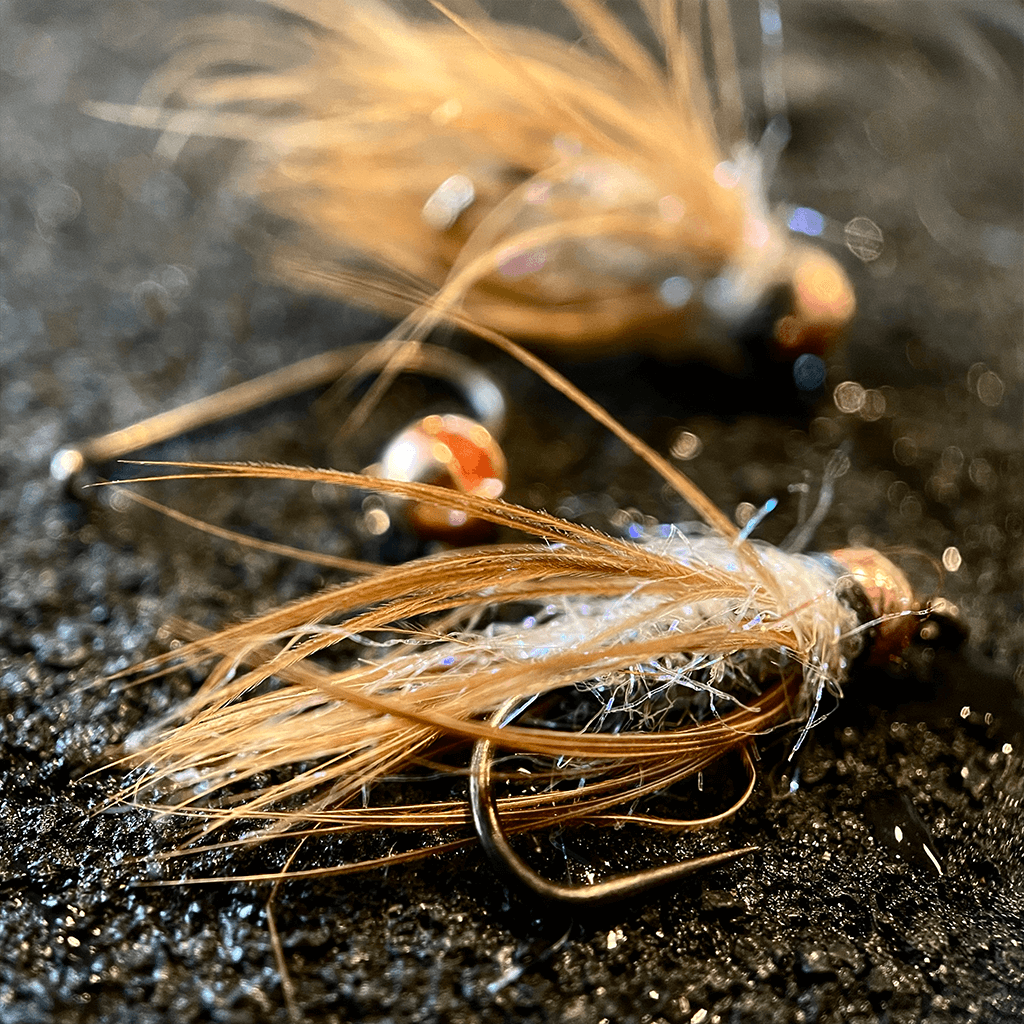
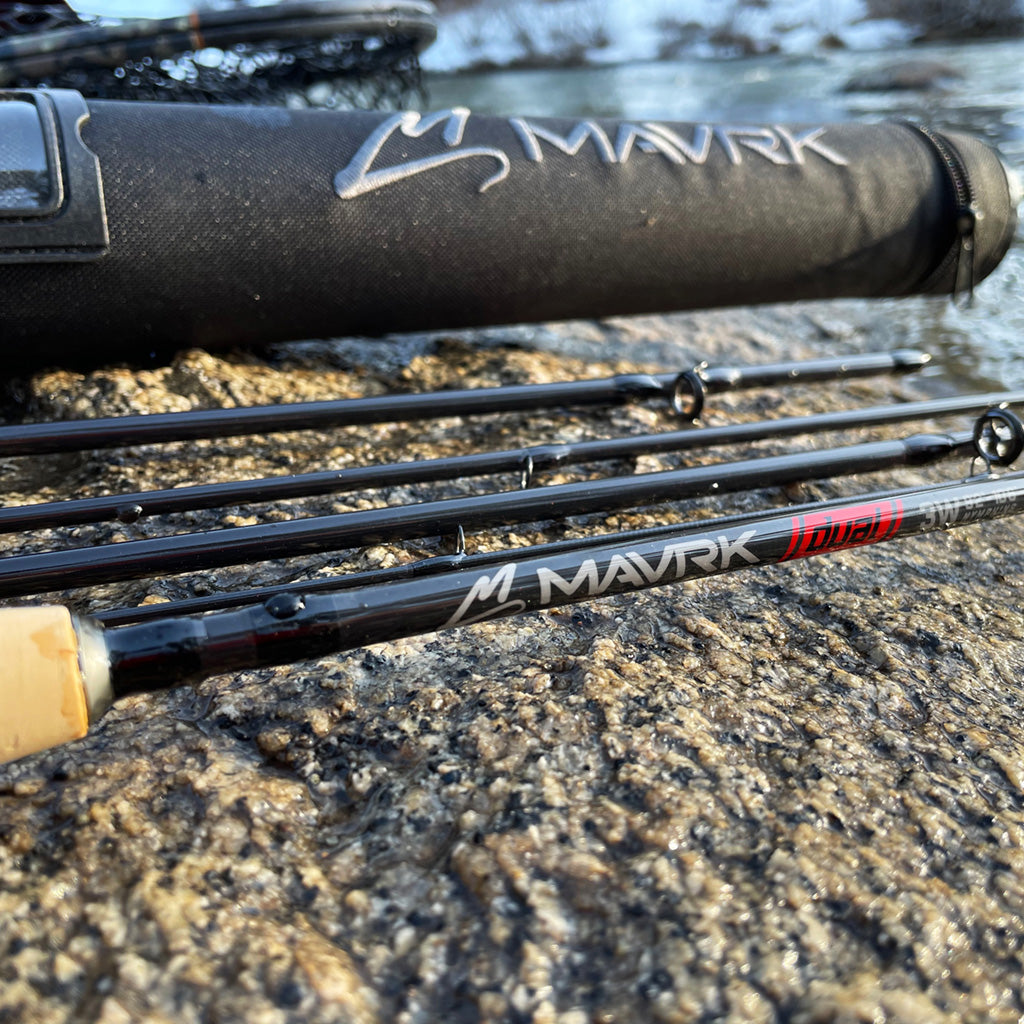
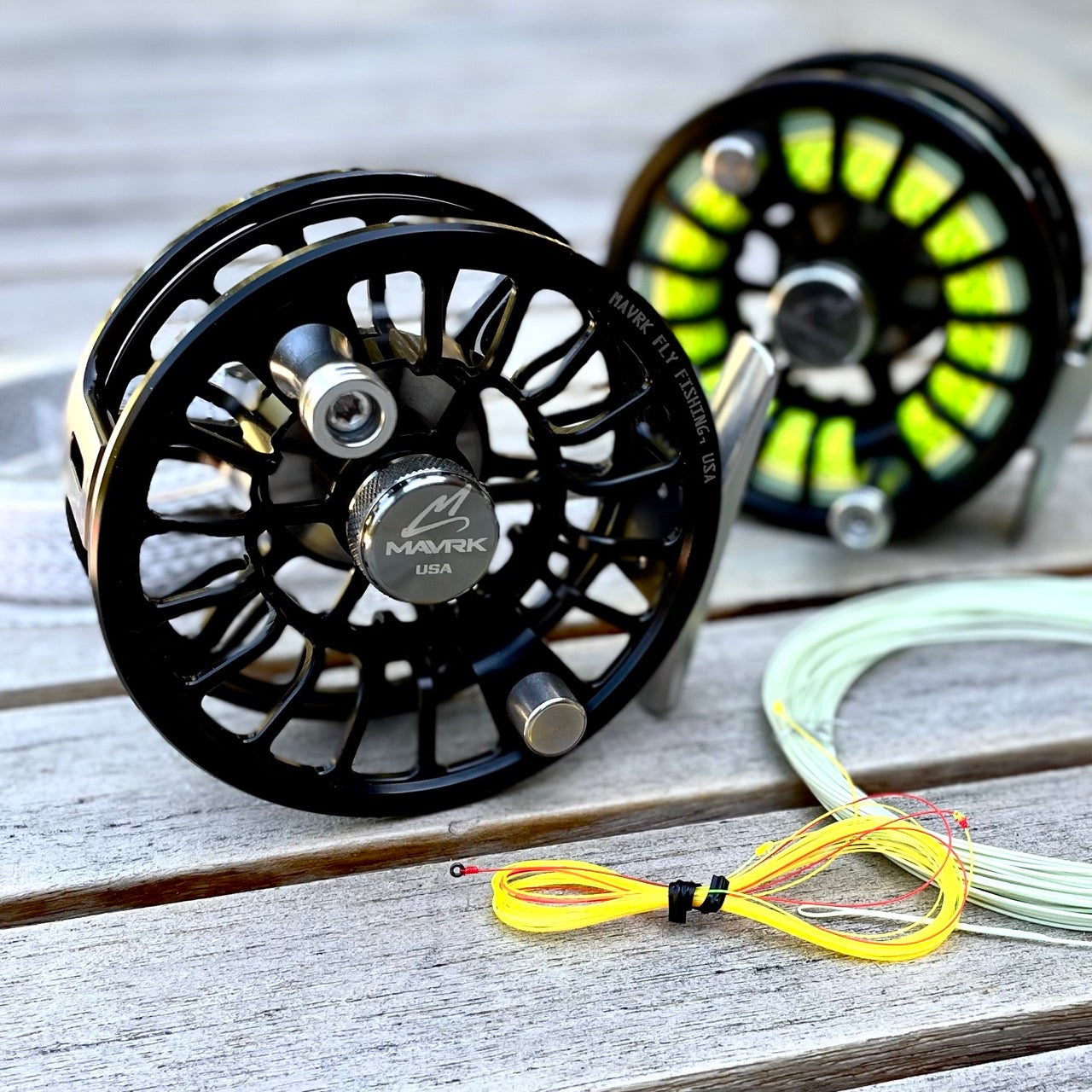
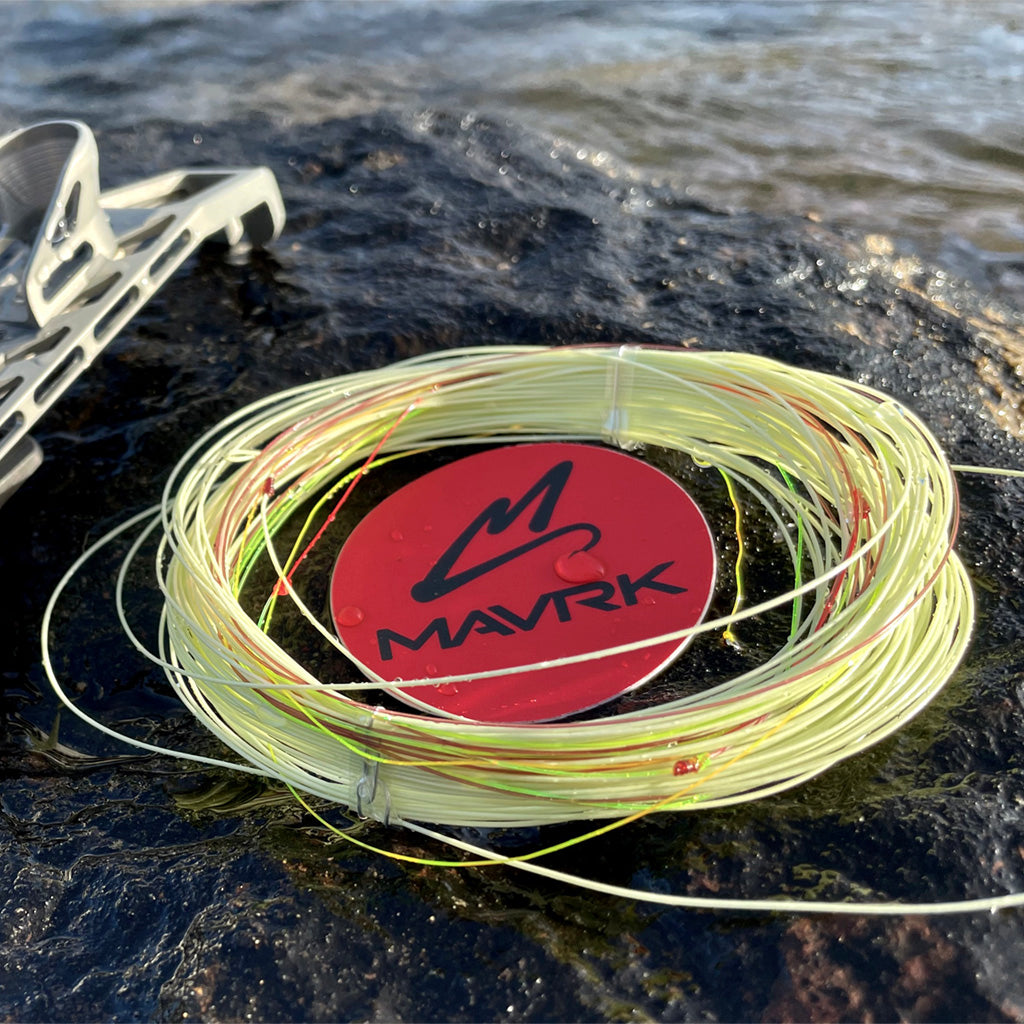
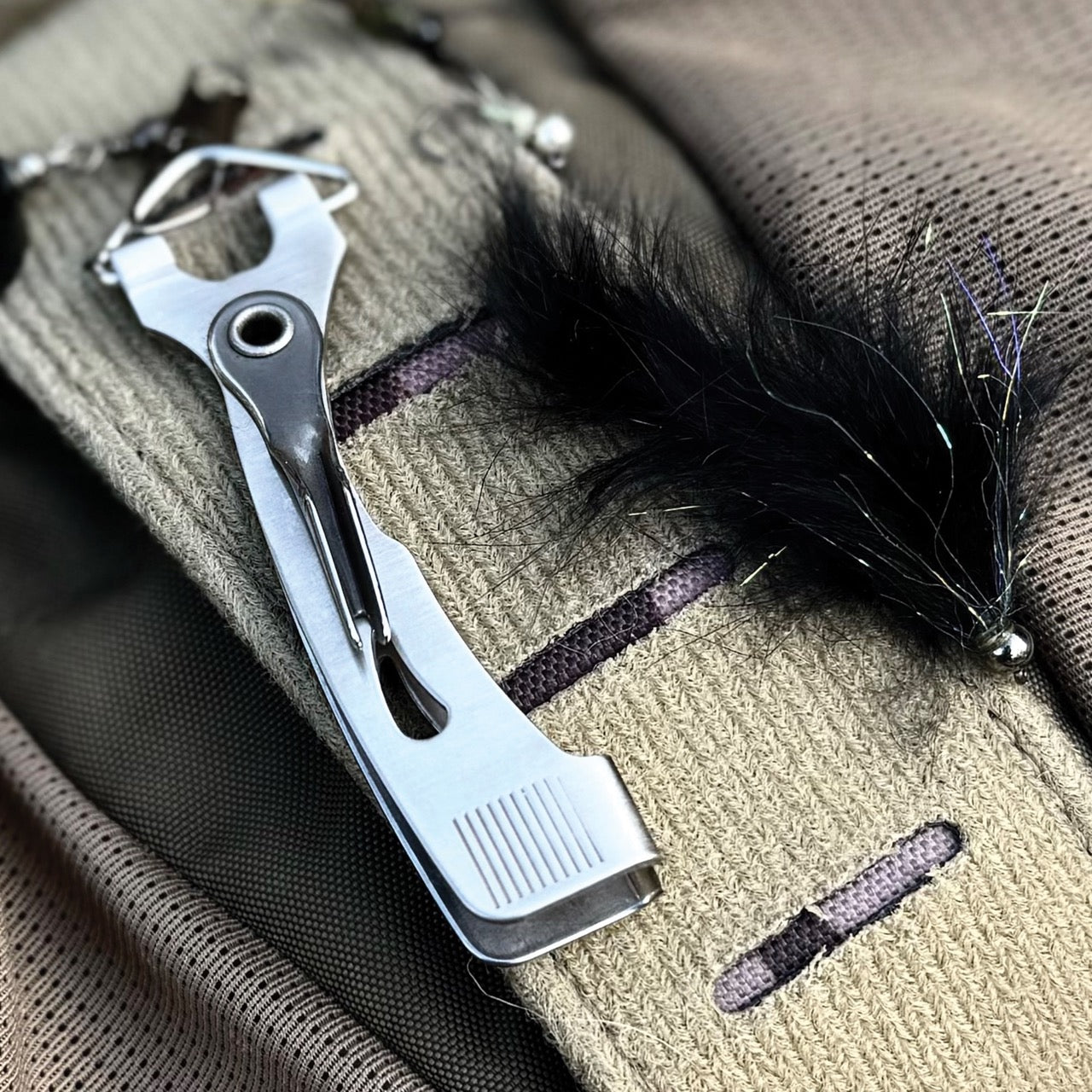
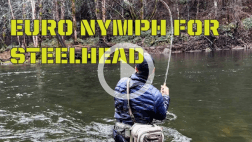
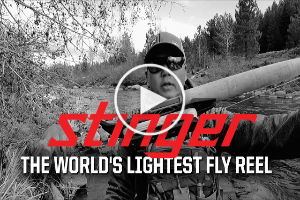
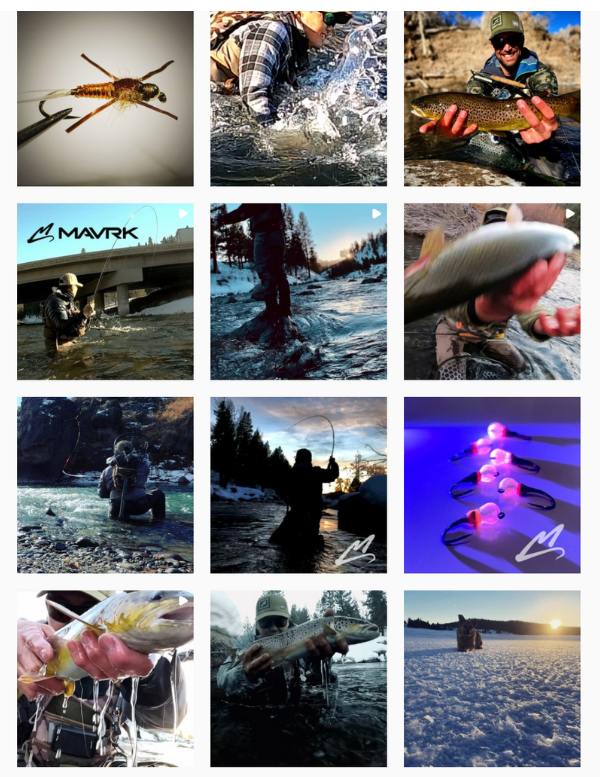
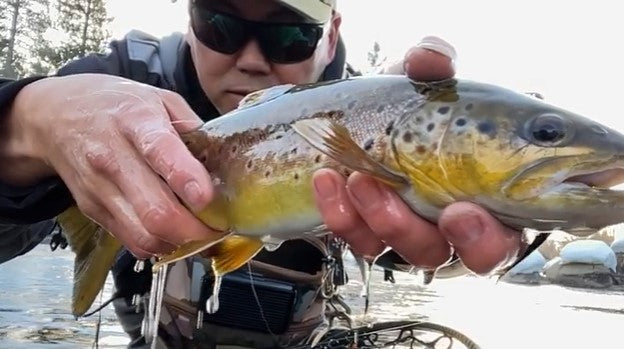
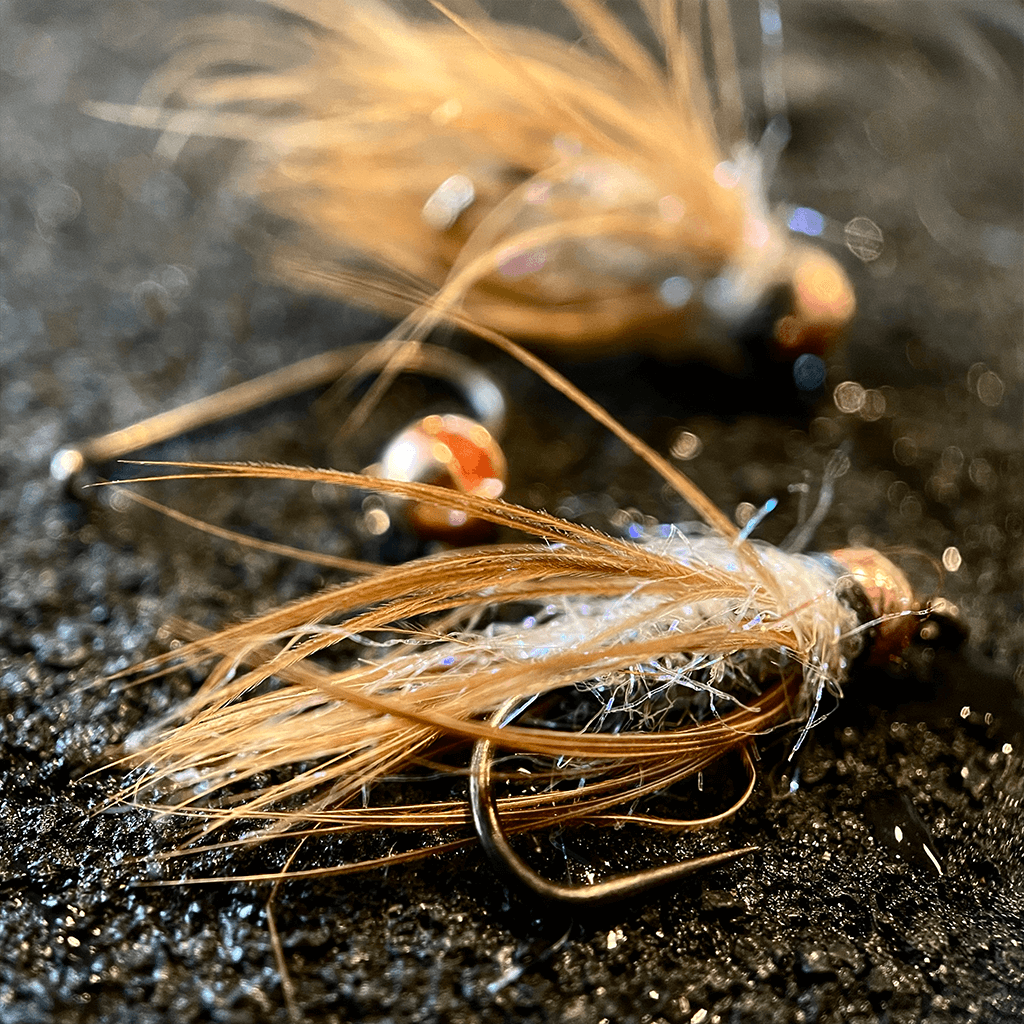


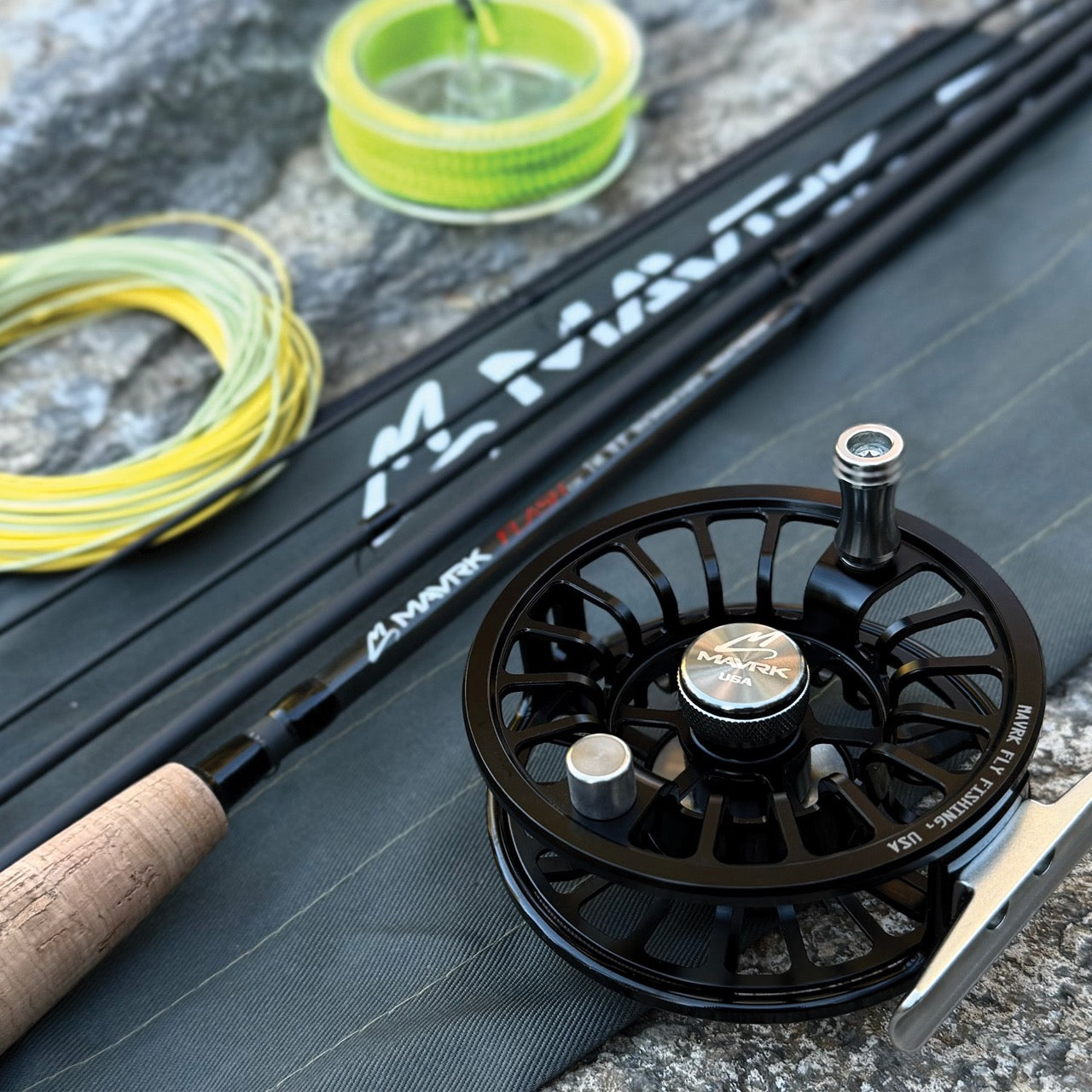





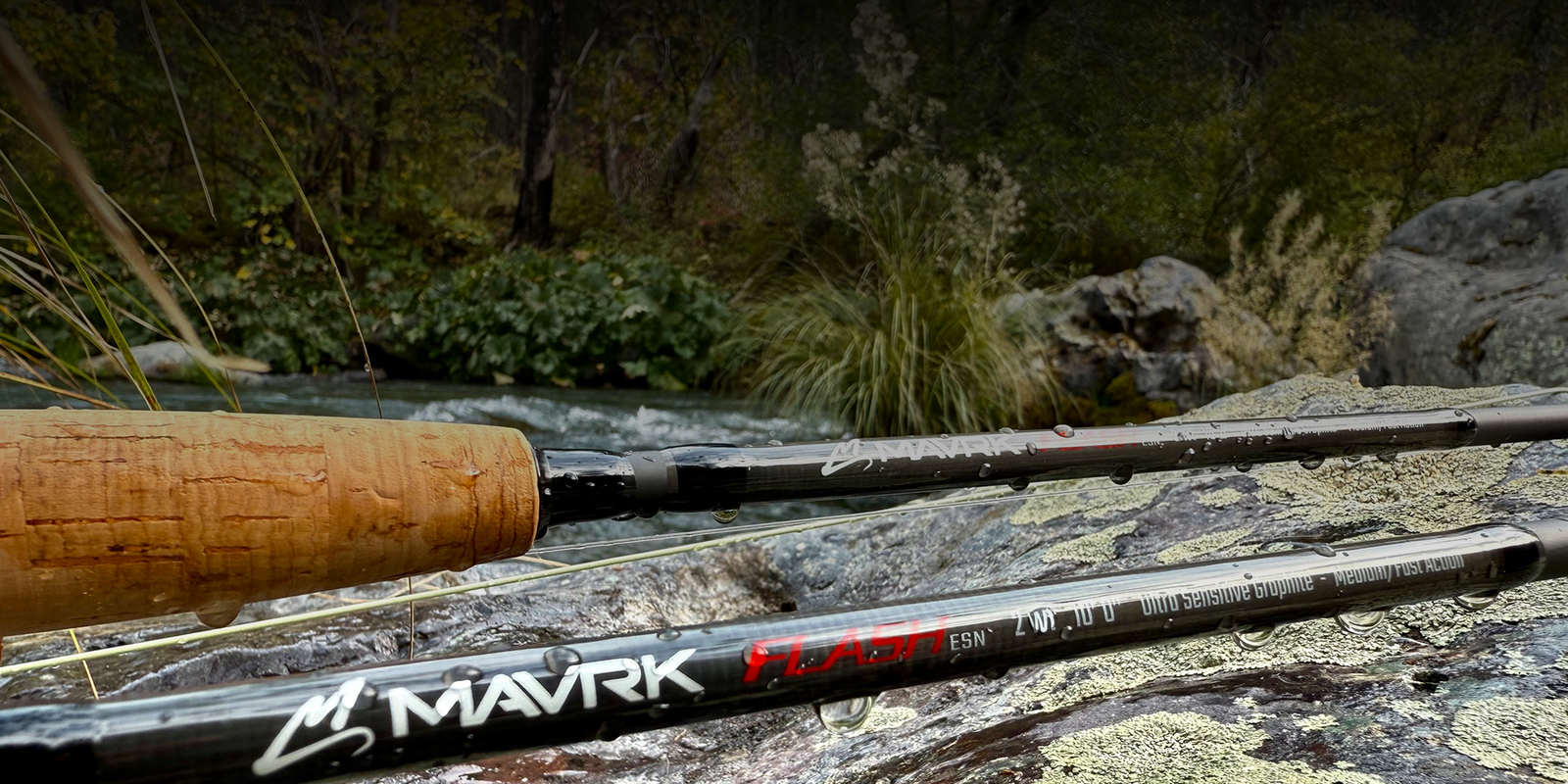

Leave a comment (all fields required)